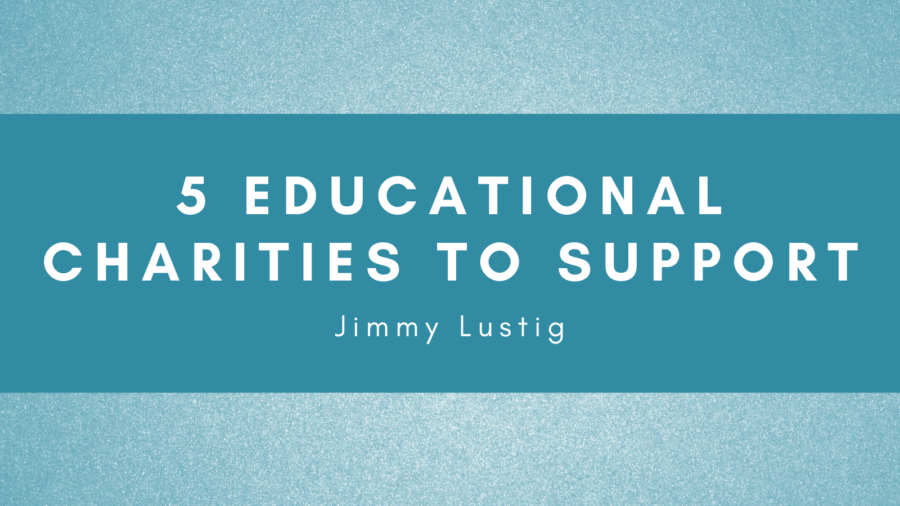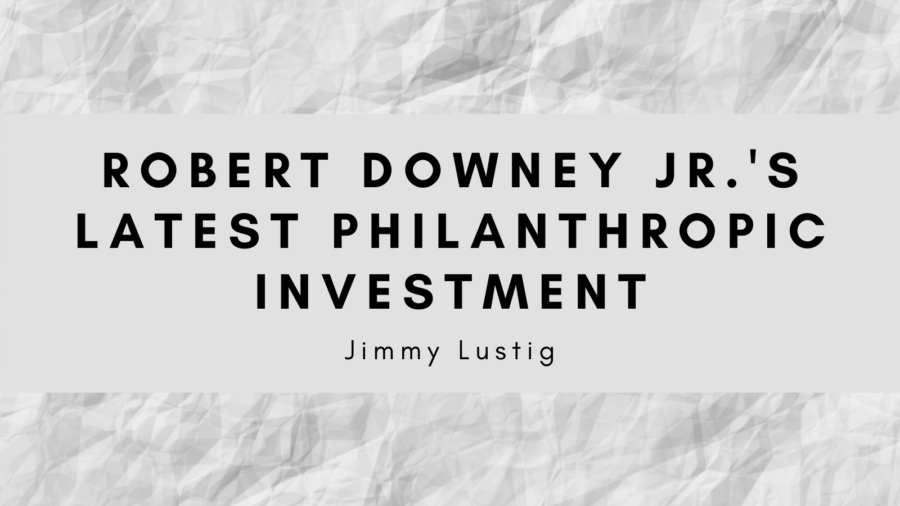In 2022, running a business will be hard. Climate change is one of the most significant issues enterprises face today, and it is becoming increasingly clear that everyone has a role to play in addressing this issue. It is no longer a secret that we all are responsible for reducing our emissions and saving the planet from environmental disasters. There are many simple steps that you can take to make your company more sustainable.
Most businesses have taken the necessary steps to reduce their greenhouse gas emissions. However, setting realistic goals and implementing effective strategies can be challenging for small and medium-sized enterprises. This guide aims to help you navigate the various steps in setting green targets.
Use Eco-Friendly Packaging
According to the EPA, packaging accounts for over 23% of the materials that end up in landfills in the US. You can help reduce your company’s pollution contribution by implementing eco-friendly packaging techniques.
One of the most effective ways to reduce your company’s packaging waste is using biodegradable containers. Instead of using single-use containers, use containers made from various materials such as seaweed, wood pulp, and corn starch. Also, avoid using a mishmash of materials. For instance, if your packaging has multiple types of polymers, it can potentially be unrecyclable.
Good packaging can make a product more likely to be reused or recycled. Having well-designed and applicable packaging can also help keep your products attractive and from going to waste. For instance, if you have a logo on a drawstring bag, your customers might use it for other products.
Set Goals to Strive Toward
Setting goals is also essential when it comes to setting green targets. Although it might seem like an obvious step, it’s additionally vital to consider the various factors that affect the environment. One of these is climate change research. Follow the latest scientific studies and make the right decisions for your company and the planet.
Although going green for the environment is essential, other benefits can also be realized by becoming more sustainable. Being able to become more responsible for your company’s background can help boost its reputation and attract more potential customers.
Contrary to popular belief, going green can help your company’s growth. In many cases, it can lead to new and innovative products and services that will help your target market become more accepting of your values.
Although it might seem costly, going green can help your company’s bottom line. Not only can it save you money, but it can also help the environment by reducing the amount of energy your company uses. Other ways to go green include implementing energy-efficient lighting and buying local.
Reduce Energy Use
Before you start implementing a plan to go green, you must have a good understanding of your company’s energy consumption. Having a smart meter can help you monitor your company’s overall energy usage and identify areas where changes can be made. Having an up-to-date energy performance certificate (EPC) is also essential to ensure that your company’s buildings are energy efficient. This will allow you to identify areas where improvements can be made.
One of the most significant energy-consuming components of an office building is its lighting. Aside from using natural light, it’s also essential to consider the various factors that affect the building’s energy usage. One of the most significant changes that can be made is to replace the older, inefficient lighting with more energy-efficient models.
Go Paperless
In the US, office workers use over 12 trillion sheets of paper annually. Not only does this amount to a lot of trees, but it also costs a lot of money.
Try implementing online billing and paperwork to cut down on paper waste and increase your physical storage space. Not only will it help reduce your paper usage, but it can also help you save money on your bills. One of the easiest ways to implement this practice is by sending email receipts to customers.
Although a 100% paperless office is a noble endeavor, it can sometimes be impractical. Even if you can still use a piece of paper, make sure you purchase sustainably sourced paper. Not only will it help reduce your paper usage, but it can also help you save money on your bills.










